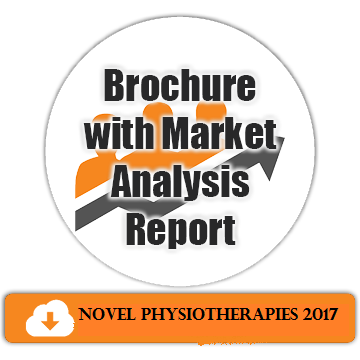
Yannis Dionyssiotis
European Interbalkan Medical Center, Greece
Title: Jumping mechanography: a novel tool for measuring muscle function in musculoskeletal and rheumatic diseases
Biography
Biography: Yannis Dionyssiotis
Abstract
Statement of the Problem: In the study of muscle performance, movement has to be described in terms of velocity and acceleration. Force causes acceleration; movement is the action of force along a distance in a certain time, and is therefore measured as power. Our purpose was to study differences in muscle function of pre and postmenopausal women and women with rheumatic diseases.
Methodology & Theoretical Orientation: 257 women were included in the study separated in three groups: Group POST OST included 61 osteoporotic postmenopausal women taken anti osteoporotic drugs and calcium/vitamin D supplementation (mean age 65±9.6 years), group POST HEALTH consisted of 117 healthy postmenopausal women (mean age 62.9±9.8 yrs), Group RHEUM included 20 women with rheumatic diseases (mean age 58.85±13 yrs), and group PRE included 59 healthy premenopausal women (mean age 35±7.6 yrs). For the measurement of objective parameters of movement, we used the mechanography system in Leonardo platform (Novotec, Pforzheim, Germany) which measures forces, calculates through acceleration, the vertical velocity of center of gravity and also using force and velocity it calculates and power of vertical movements. We also calculated the personal power after weight adjustment, i.e., Power/Weight parameter.
Findings: Height was decreased, while BMI and weight increased significantly with age. In groups POST OST, POST HEALTH, RHEUM, all measured parameters were statistically decreased in comparison with group PRE. No statistical significance was found among POST HEALTH and POST OST (postmenopausal) women.
Conclusion & Significance: Muscle mechanography is a novel tool to assess physical performance. It gives to the clinician additional information, while quantitatively assesses muscle function, for planning and evaluating locomotor therapy in women. Muscle mechanography promises to have advantages over currently used tools.
Recent Publications
1. Dionyssiotis Y, Galanos A, Michas G, Trovas G, Lyritis GP (2010) Assessment of musculoskeletal system in women with jumping mechanography. Int J Womens Health. 1:113-8.
2. Runge M, Hunter G (2006) Determinants of musculoskeletal frailty and the risk of falls in old age. J Musculoskelet Neuronal Interact. 6(2):167-73.
3. Buehring B, Krueger D, Fidler E, Gangnon R, Heiderscheit B, Binkley N (2015) Reproducibility of jumping mechanography and traditional measures of physical and muscle function in older adults. Osteoporos Int. 26(2):819-25.
4. Rittweger J, Schiessl H, Felsenberg D, Runge M (2004) Reproducibility of the jumping mechanography as a test of mechanical power output in physically competent adult and elderly subjects. J Am Geriatr Soc. 52(1):128-31.

